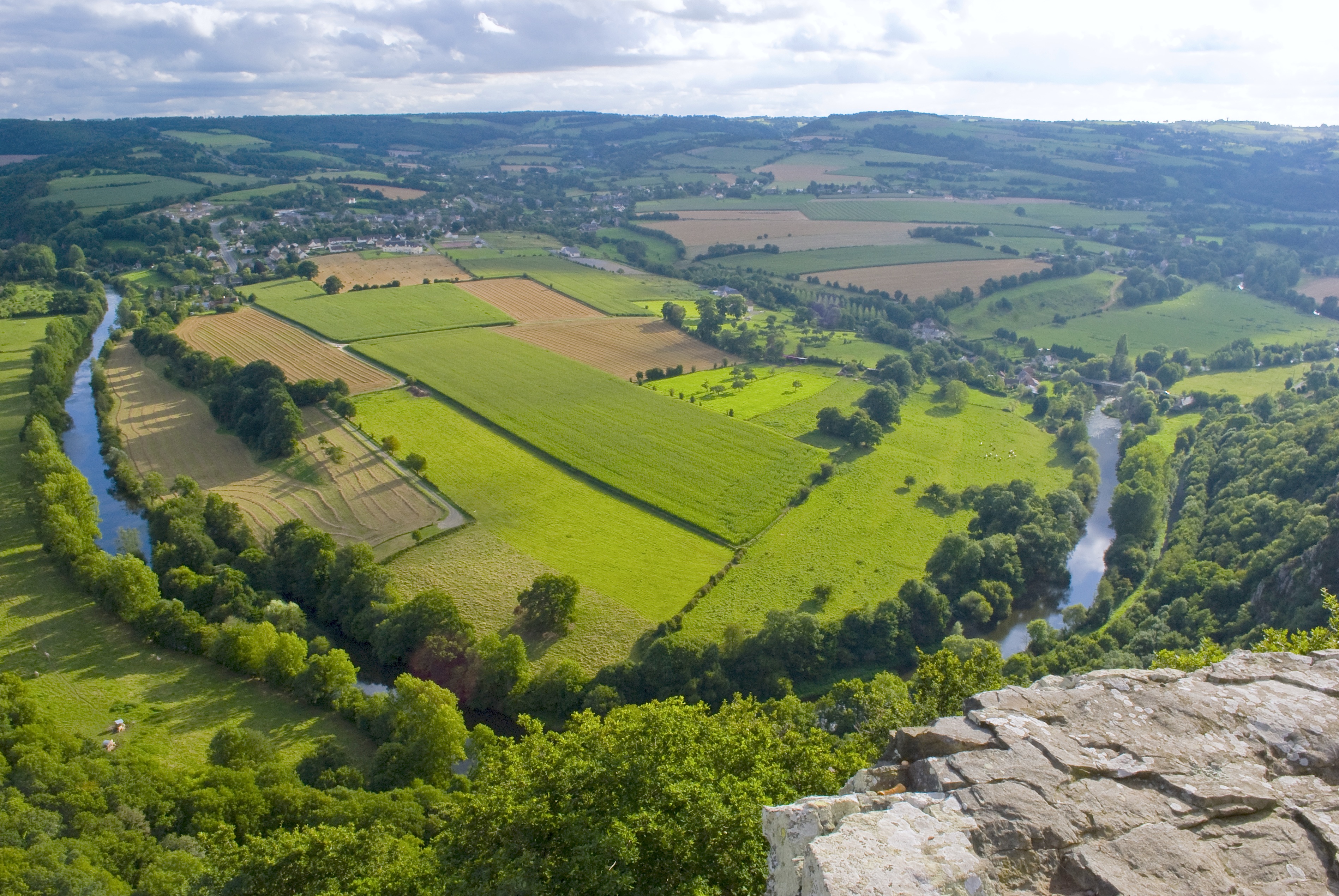Aside from Paris, one of the most popular destinations for American visitors to France is the coast of Normandy. The sites of the D-Day landings in World War II call to those who want to honor the soldiers whose sacrifices marked the beginning of the end of the war in Europe, and those beaches and related monuments also are a draw for general students of history.
The Allied invasion of 1944 was one of the most significant military campaigns in history, but it was not the first Norman invasion that changed the world. That distinction belongs to the invasion of 1066 that was launched from Normandy across the channel to England.
The Norman conquest of England, nearly a millennium ago, isn’t just ancient history. Its legacy can be found through every subsequent century and even in our language.
For three centuries after the conquest, England was basically ruled by the French. The Anglo-Norman dynasties that followed William’s conquest conducted government business in Norman French and maintained their continental holdings and interests. Some of these rulers spent very little time in England. If you want to learn more about this time period, I can highly recommend historian Dan Jones’ fascinating book The Plantagenets: The Warrior Kings and Queens Who Made England. Incidentally, my favorite Plantagenet is Eleanor of Aquitaine, and we’ll visit with her when we get to southwestern France.
After the Plantagenet dynasty passed on English rule to the Tudors, France and England remained almost perpetually locked in conflict. Even today, British-French relations can be strained as the United Kingdom prepares to leave the European Union. (That link is such a fascinating read on the current state of affairs that I must link it again!)
And there may be no better region to contemplate the past 1,000 years of Anglo-French history, or its future, than in Basse-Normandie. When we eventually visit, we might start in Bayeux to view the famous tapestry depicting the Norman conquest.

The D-Day beaches, where Allied forces landed to liberate France from the Germans, are nearby, as well as graveyards, museums and memorials for the fallen soldiers.
Unrelated to any of these wars is another of Normandy’s top attractions: the island monastery of Mont-Saint-Michel, where visitors can learn about learning in medieval times while enjoying stunning views.

One of the best locations to experience the remnants of traditional Norman culture and various dialects of the Norman language, as well as explore the peculiarities of Anglo-French relations, may be the Channel Islands.
These islands, technically the last survivors of the ancient Duchy of Normandy, are basically independent entities, although they receive protection from the United Kingdom. They were the only British territories to be occupied by the Germans during World War II. A terrific novel, The Guernsey Literary and Potato Peel Pie Society, explores this time period and its aftermath. A film version is available for streaming on Netflix.

Back on the mainland, another destination for nature lovers is the area south of Caen known as La Suisse Normande for hiking, canoeing and scenic villages.

And speaking of villages, I’m so enchanted by the photos of the quintessential Norman village of Beauvron-en-Auge that I want to go directly to the real estate listings!

It’s right in the heart of Calvados and camembert country, which is a perfect teaser for next week’s armchair travel segment, the food and drink of Basse-Normandie.
À bientôt !


